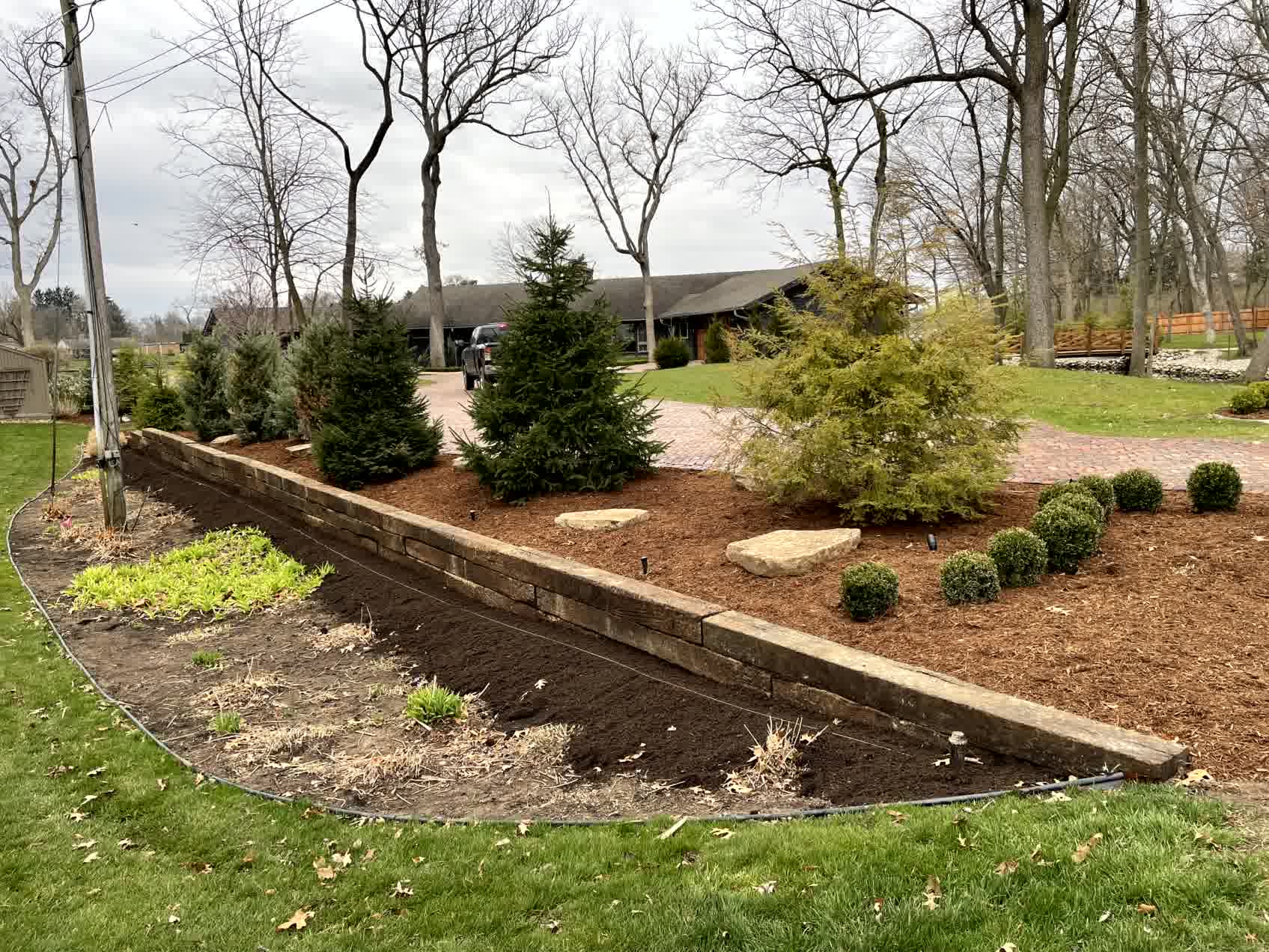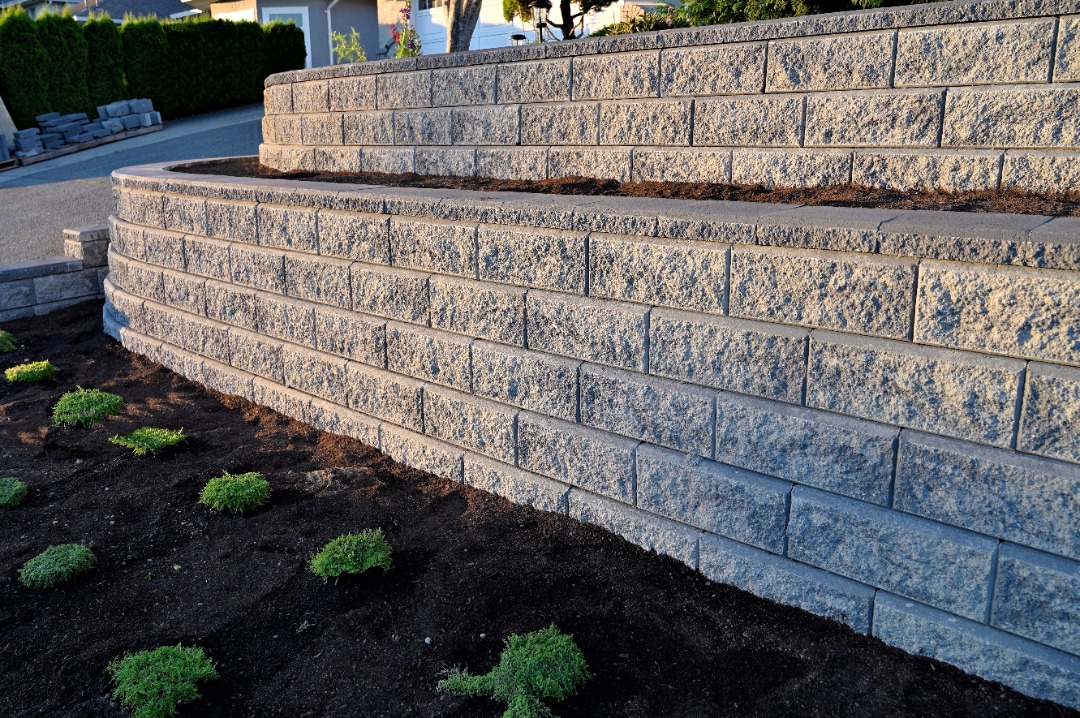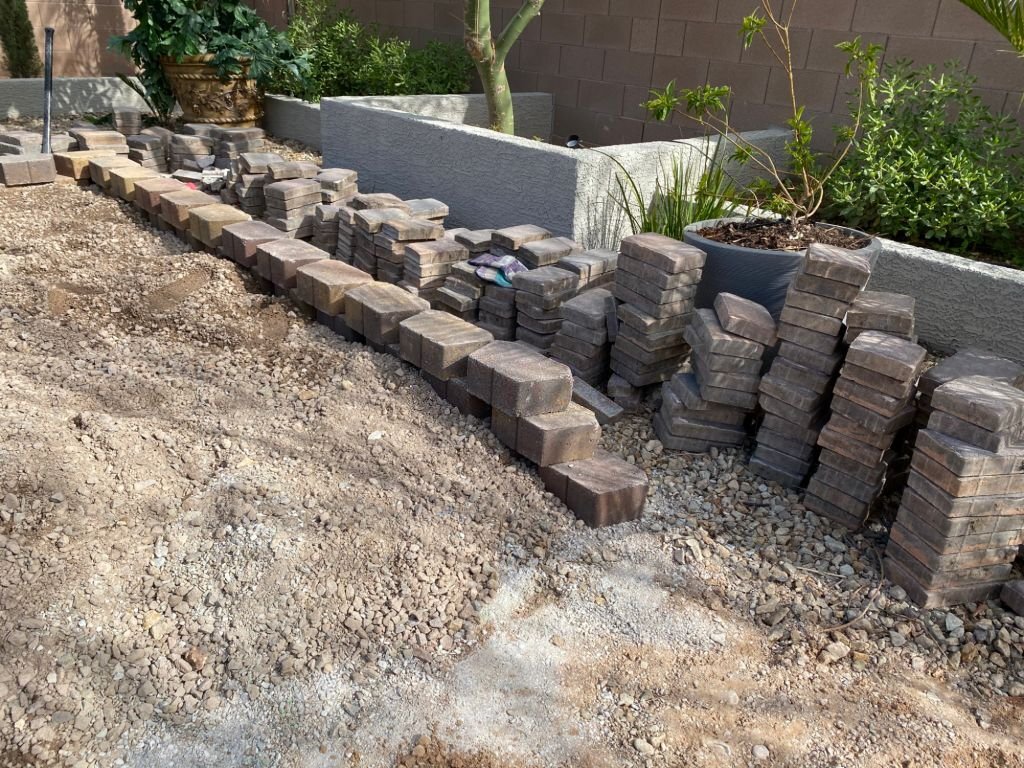Why October Is the Perfect Time to Build Your Retaining Wall
Introduction: Crisp air, calmer schedules, and steady soil conditions make October feel like the perfect time for projects that have been sitting on your to-do list. A well-built retaining wall can steady the ground, shape a usable yard, and give your landscaping a clean, finished look. This guide helps walk you through the real benefits, the timing of fall that quietly sets projects up for success, and why bringing in experienced help often prevents headaches later.
What are the Benefits of Building Retaining Walls?
They Help Prevent Soil Erosion for Your Yard
When rain rolls through, gravity starts tugging at exposed grades. Retaining walls create a rigid edge that resists movement, holding back slopes and redirecting surface water so the soil stays where it belongs. Behind the scenes, a proper build includes a compacted base, stepped courses, and clean crushed stone backfill that helps water move freely rather than push against the wall. That combination relieves pressure, protects the structure, and slows soil erosion in a way that mulch alone cannot manage.
Drainage is the quiet force. A perforated drain pipe, set at the heel of the wall and wrapped in clean rock and filter fabric, provides an exit path for water so it does not pool. Weep gaps or drain outlets release moisture before it becomes a problem. Add a geogrid in taller sections, and the soil mass locks together with the wall for extra stability. The result is a yard that weathers heavy rains without rutting or slumping, and a foundation that stays dry because runoff is guided away instead of allowed to wander.
They Make Your Yard Look More Attractive
Retaining walls do the ugly work of holding back earth while looking surprisingly polished. When grades are uneven, a wall can split a slope into tidy terraces that invite planting, seating, or a small fire pit. Levels make landscaping easier to maintain and more pleasing to the eye, turning a patchy hillside into organized spaces that feel intentional. The visual line a wall creates also frames lawns and garden beds, giving your property a definition that enhances curb appeal.
Material choices matter here. Concrete block systems offer consistent lines and cap pieces that finish edges cleanly, while natural stone brings texture that ages gracefully into the landscaping. Either way, pairing a wall with ground cover and low shrubs softens hard edges so everything feels cohesive, not forced. Add simple accent lighting along steps or caps, and the space carries that same calm in the evening. With the right details, a functional fix becomes a feature you actually enjoy seeing every day.

Why Should You Install Retaining Walls in the Fall?
It Will Help Protect Your Plants During the Cold Weather
Fall installs create calmer conditions for existing landscaping. Cooler temperatures reduce plant stress, making it less risky to transplant perennials or shift small shrubs near the work zone. The soil still holds a bit of warmth, which helps root systems settle before deep winter. That means by spring, those plants are already established around the new wall rather than starting from scratch after a chaotic early-season build.
There is also a practical rhythm that autumn brings. Crews can excavate, set base, and backfill without battling summer heat or spring downpours that churn everything into mud. When the wall is finished, fresh mulch and a protective layer of leaf litter work together to insulate beds. The structure shields beds from wind and drifting runoff, so bulbs and young roots are less exposed. When thawing happens, the planting pockets along a terraced wall warm quickly, and you can get a jump on your spring landscaping plan.
It Will Provide Enough Protection For Your Soil
October soils often sit at a sweet spot. They are moist enough to compact well yet not saturated the way they can be in spring. That reliable density helps the base course sit square and true, and compaction holds. Once built, the wall and its drainage system start working before winter freeze, which cuts down on heaving and frost-jacking that can nudge poorly prepared walls out of alignment.
There is another subtle perk. Fall rains are usually steady rather than explosive. That gives you a real test of drainage without the chaos of a summer cloudburst. If outlets, French drains, or swales need a small tweak, you will see it in time to adjust. By the time winter arrives, the system has already proven itself through a few storms, and the soil behind the wall sits protected instead of washing down the slope. Less erosion now means less cleanup and fewer thin, nutrient-starved spots next spring.

Why Consider Professionals to Build Your Retaining Walls?
Professional help Can Save You Time and Money
A retaining wall looks simple until you factor in excavation depth, base thickness, drainage paths, and the right reinforcement for the wall’s height and loading. Experienced installers read a slope quickly, account for hydrostatic pressure, and specify geogrid layers or step-backs where they are truly needed. That precision keeps the wall within manufacturer specs, which preserves product warranties and keeps you from paying twice to fix an avoidable failure.
Time can be the real cost. Professionals arrive with a plan, move soil efficiently, and sequence tasks so the site stays clean and safe. Less downtime means fewer days of open trenches and muddy walkways. The wall goes in correctly on the first pass, which reduces surprise changes and keeps material waste in check. When the job wraps, you are not sorting out return trips or piecing together small fixes. That calm at the end is worth more than it seems when you are in the middle of a project.
You Get Access to High Quality Equipment and Materials
The right tools make a difference in both finish and longevity. Plate compactors sized for the job, laser levels that keep courses dead straight, and saws that produce clean cuts are not luxuries. They are part of building a wall that looks sharp on day one and remains intact five winters from now. Add skid steers for excavation and gravel placement, making the work more precise and less exhausting.
Material quality matters just as much. Reputable crews source block systems with consistent dimensions so joints stay tight, caps align, and corners lock. They bring in angular aggregate that drains well instead of fines that clog. Filter fabric, geotextiles, and geogrid are used correctly, not skipped. Those choices become a wall that sheds water, resists bulging, and integrates smoothly with your landscaping instead of fighting it. The result is a structure that feels solid underfoot and quietly protects your yard through storms and freeze-thaw cycles.

Conclusion
If a sloped lawn has been stealing usable space or heavy rains keep carving ruts, October offers a practical window to address these issues with retaining walls that both stabilize and elevate the look of the yard. Ready to turn plans into a real, sturdy upgrade that blends form and function? Busy Lil Beavers can handle the layout, drainage, and build details so you can focus on how you want to enjoy the finished space. When you are ready, contact us, and the team will handle it from there!

"*" indicates required fields

